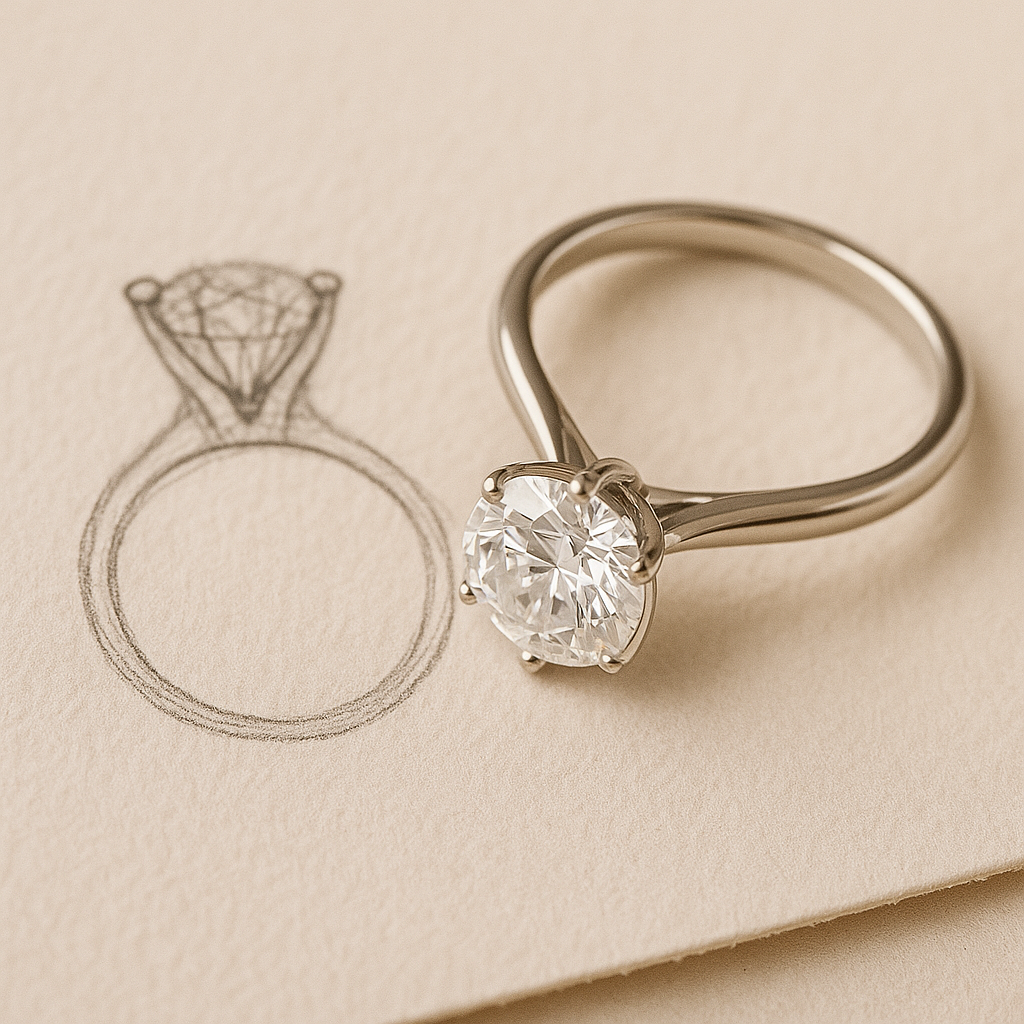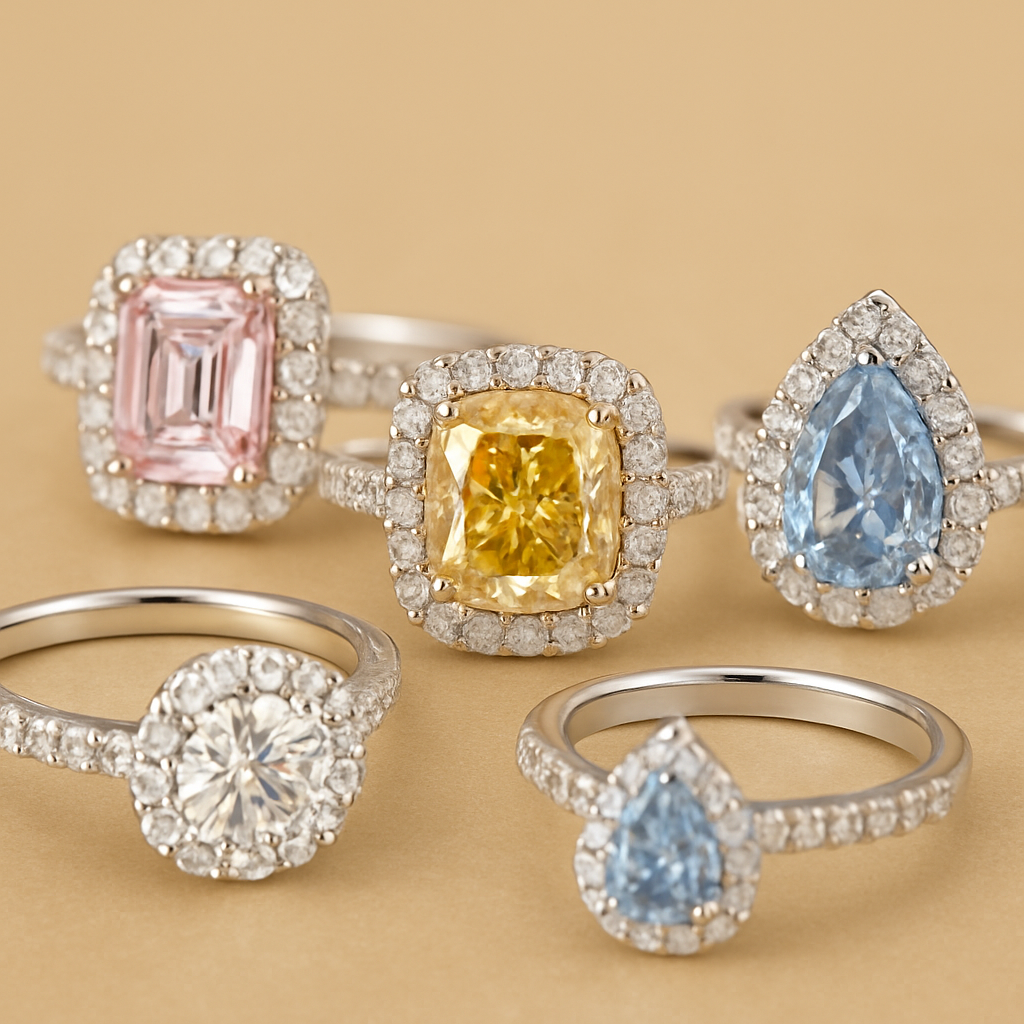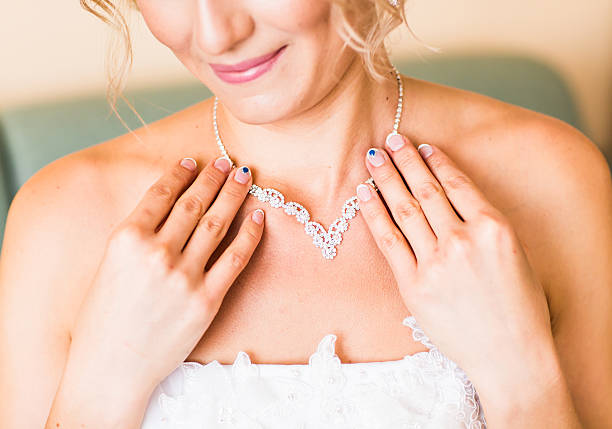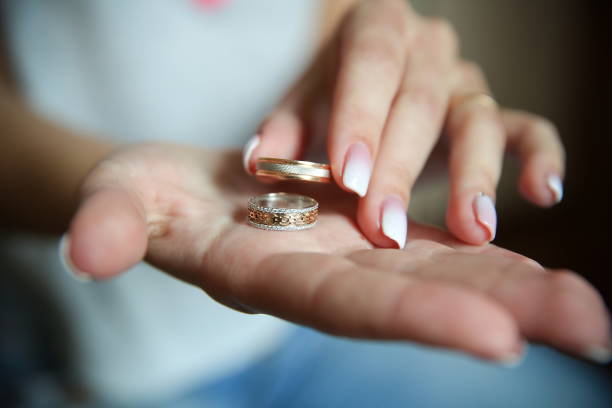A procedure that is frequently overlooked but is vitally necessary is behind every exquisite diamond ring, sophisticated bracelet, or heirloom necklace. A jewelry prototype is the first step in this process; it is the unseen spark that transforms creativity into reality.
Prototyping is the stage where design, craftsmanship, and accuracy come together, from the ancient art of hand carving to the state-of-the-art 3D printing of today.
What Is a Jewelry Prototype?
Before the finished piece is made from valuable materials, a jewelry prototype is the first tangible version of the piece made to test its appearance, structure, and design. It provides a physical representation of the idea for both designers and clients, serving as a link between the sketchbook and the showcase.
A prototype is the first "draft" of a fine jewel, whether it is cast in a non-precious metal, printed in resin, or carved from wax.
Why Jewelry Prototypes Are So Valuable
Prototypes may seem like a behind-the-scenes step, but they hold huge importance in delivering a flawless final design. Here's why:
Visual Precision
- In reality, something that appears perfectly balanced in a sketch might not feel that way. A prototype allows for the necessary design adjustments by revealing the true scale, proportions, and form.
Confidence in Engineering
- It guarantees the composition's structural soundness: Are the prongs sufficiently tight? Is the clasp firmly closed? Will the item last?
Tests of Wear
- What is the skin's reaction to it? Is it too heavy? Does it fit the wrist or finger comfortably? Only a prototype can provide this kind of feedback.
Expression
- Prototyping gives clients the ability to customize pieces. Before full production, it enables them to see, approve, and even change elements like motif detailing, band width, and stone size.
Types of Prototyping Techniques
Jewelry prototyping has evolved with technology, offering a mix of traditional craftsmanship and modern innovation:
1. Handmade Wax Carving
Using delicate tools, an artisan manually carves the design into wax. Perfect for unique heirlooms or organic, detailed designs.
2. CAD-based 3D printing
Using CAD software, the designer produces a digital 3D model that is printed on material that resembles resin or wax. This is ideal for designs that are geometric, exact, or repeatable.
3. Casting of Metal Samples
To test weight and movement, a prototype is occasionally cast in bronze or silver, particularly for pieces with chains, hinges, or other multiple components.
The Step-by-Step Process of Prototyping
Here's a more thorough explanation of how your jewelry fantasies come true:
1. Conceptualization & Sketching
✍️ Motivated by historical events, current events, or personal narratives, the vision is first envisioned on paper or digitally.
2. CAD modelling
💻 The design is transformed into an accurate 3D file using programs like Rhino, MatrixGold, or ZBrush.
3. Making a Prototype (Wax, Resin, Metal)
🖨 A 3D printer or conventional hand carving is used to create a wax or resin version. This is your jewelry's first physical form.
4. Improvement & Modification
🔍 The design is examined for aesthetics, comfort, and balance. Before final approval, changes are made.
5. Customer feedback (if custom) 🧑
💼 Customers can give feedback, see or try on the prototype, and feel secure about their ultimate investment.
6. Final Casting & Setting
🔨 Once approved, the piece is cast in gold, platinum, or the chosen metal. Diamonds and gemstones are hand-set, polished, and perfected.
Modern Tools Used in Prototyping
Prototyping tools at San Liora and other progressive jewelers include:
- 3D printers that use resin (Formlabs, DLP, SLA printers)
- CAD programs designed specifically for jewelry (RhinoGold, MatrixGold, JewelCAD)
- Polishers and laser welders for improving prototypes
- CAD stone setting simulations for accurate fit
These enable more customization at a reduced cost, increased accuracy, and quicker turnaround.
Behind the Scenes: How San Liora Uses Prototypes

Prototyping is ingrained in San Liora's design philosophy. Every significant piece is prototyped before production, whether we're working on a unique custom design or a new bridal collection.
Our procedure consists of:
- 3D CAD rendering at high resolution
- Consultations with clients using prototype previews
- Quick iteration to guarantee that every component is ideal, from ring height to prong thickness
- Following approval of the prototype, final polishing and diamond setting
It's how we ensure that every San Liora piece surpasses expectations by fusing creativity and accuracy.
Customer Success Story: From Vision to Heirloom
A client recently brought her grandmother's antique sapphire brooch to us and requested that we turn it into a ring. We demonstrated the change to her using a wax prototype and CAD. She was able to select side stones, hold the wax ring, and provide input on the setting height. The outcome was a stunning, contemporary heirloom that retained sentimental significance.
Why Every Jewelry Lover Should Know About Prototypes
Gaining knowledge of prototyping allows you to:
✅ Input into the design process
✅ Self-assurance that the finished product will fulfil your expectations
✅ Comfort when making a big purchase
✅ A glimpse into the craft that creates the glitter
Additionally, it implies that you are actively involved in the production of the jewelry rather than merely purchasing it.
Final Thoughts: Where Art Meets Accuracy
Prototypes for jewelry may never be shown in a showcase, but they are the basis for every perfect gem you have ever seen. They stand for a dedication to excellence, meticulousness, and the wish to create something genuinely enduring.
The story always begins with a prototype—the silent spark that ignites the gorgeous final design, whether you're personalizing a piece or just making an investment in quality.







